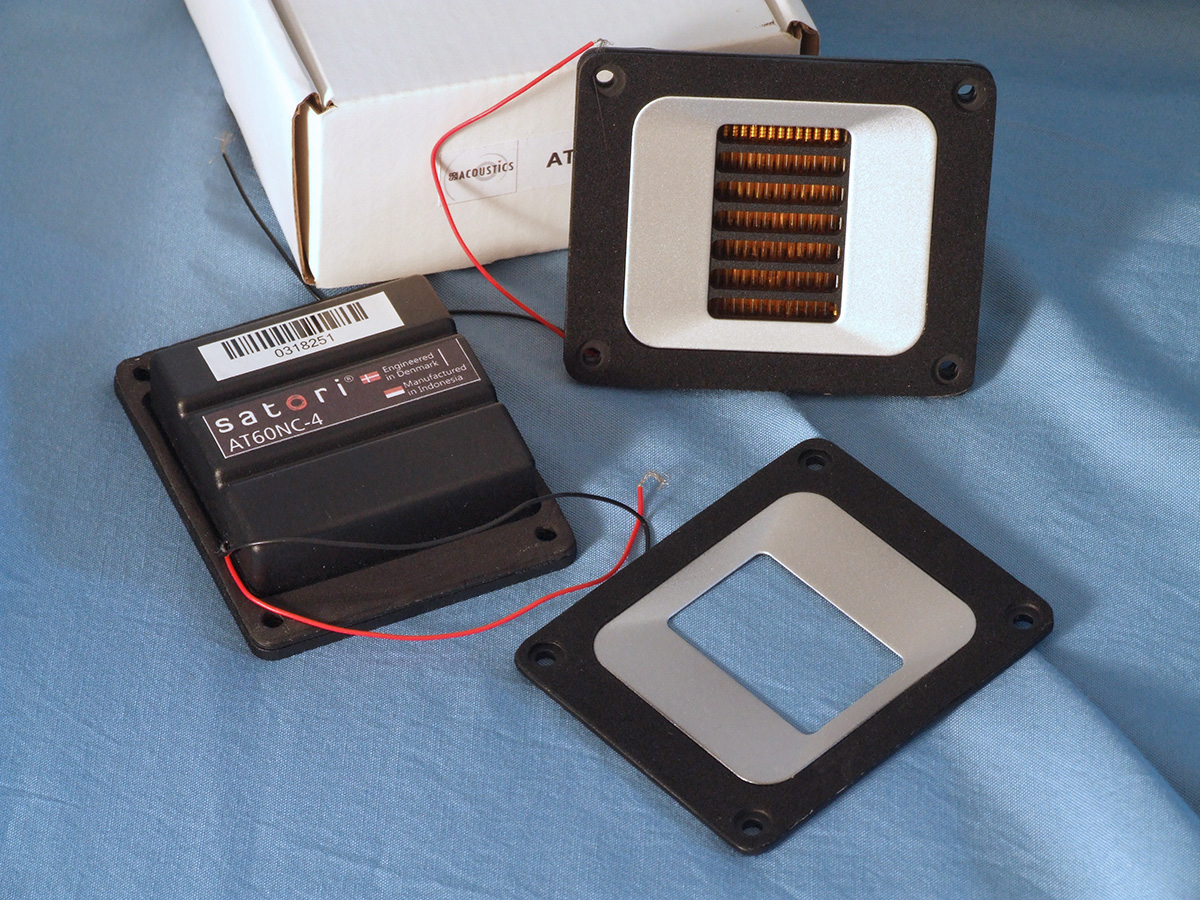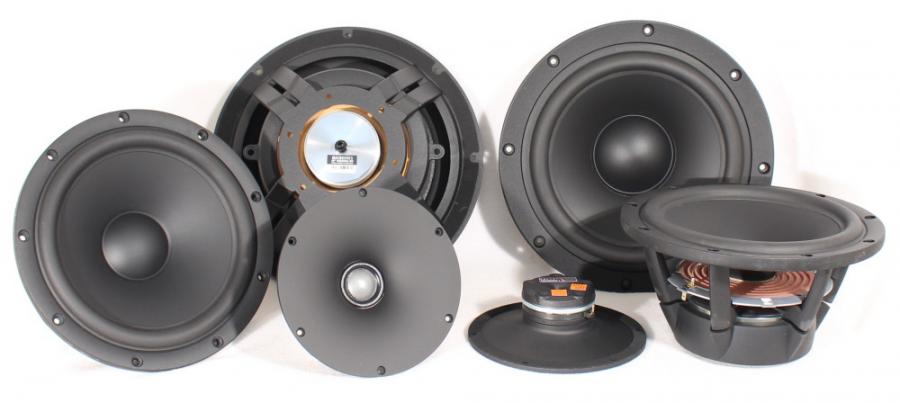You seem to be set on very specific drivers. That is ok, if these do fit to make a decent speaker, but you should make sure first that this is the case. Maybe you check well designed concepts first?
From
John Krutke :
ZA5 ,
ZMV5 ,
Seas L18 / 27TBFCG
or from
Heissmann :
DXT-Mon 182 (Documentation for this will cost some money, but this and other designs from Heissmann can show how it can be done)
EDIT: Found another:
DUO-DXT (in German, you might want to use a translator

) - but there are many other ones.
And
here are files (printing) and measurements for waveguides for the (very good and economical) SB26ADC tweeter.
Then you might change the design to your liking from that. Seas DXT is a good idea in any case. Satori has a (dome) tweeter with waveguide, too.
You might like to look into the Directive threads here at ASR (it is some kind of a mess - at least for me - as I have trouble to find information, often it is not even clear in which of the many threads to look, but there
is a passive version somewhere. Others will be able to point you to the right post. Switching the Purifi to another 6" woofer will be possible, if the sensitivities fit together (There is a budget project with other woofers as well.)
EDIT2: And you might want to skip ChatGPT for technical questions. You will get a mix of nonsense and reasonable information, but you need to be able to see the difference. If you do, then you do not need ChatGPT. I.e. the crossover it provided was nonsense.

audioxpress.com


